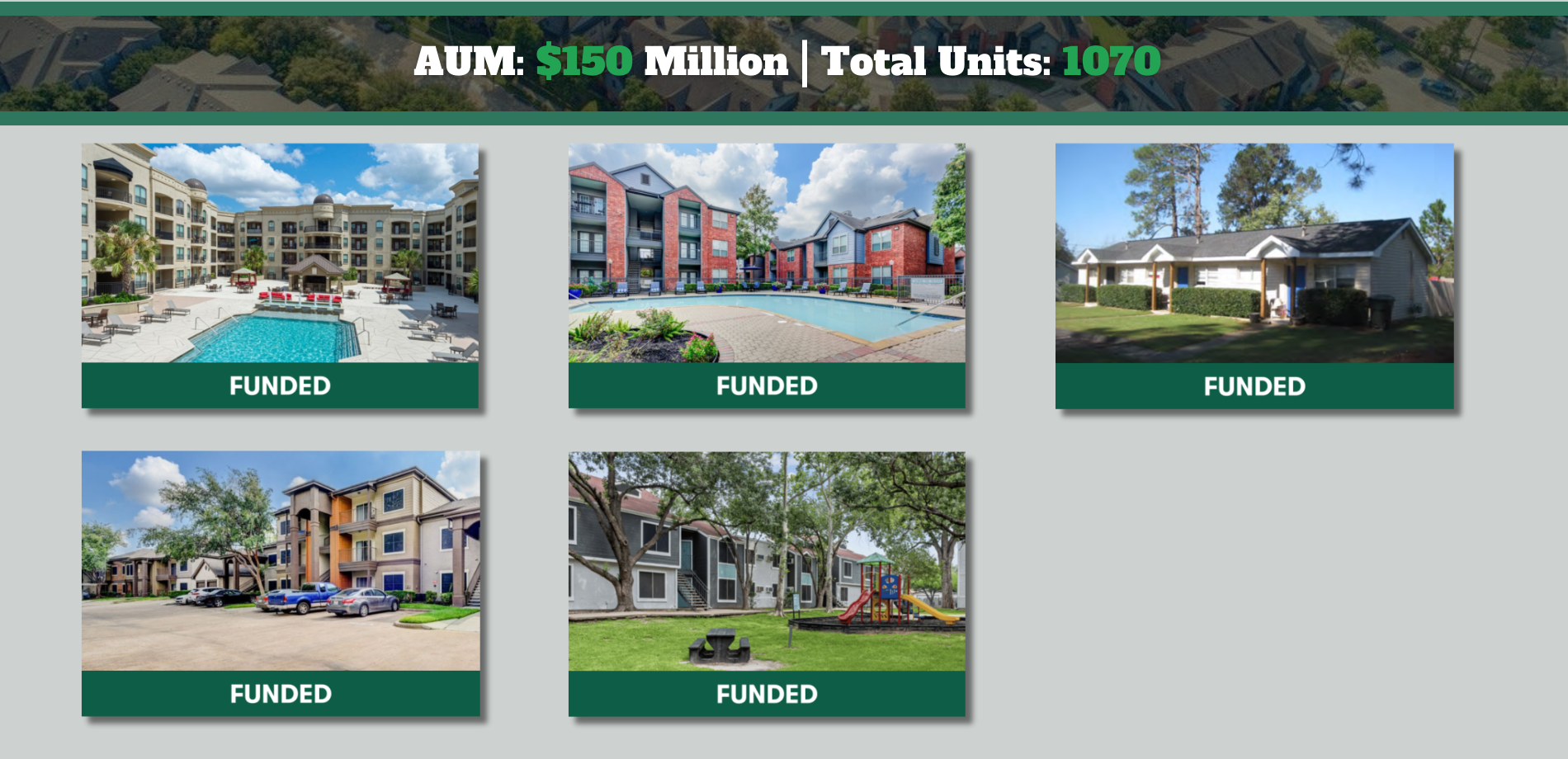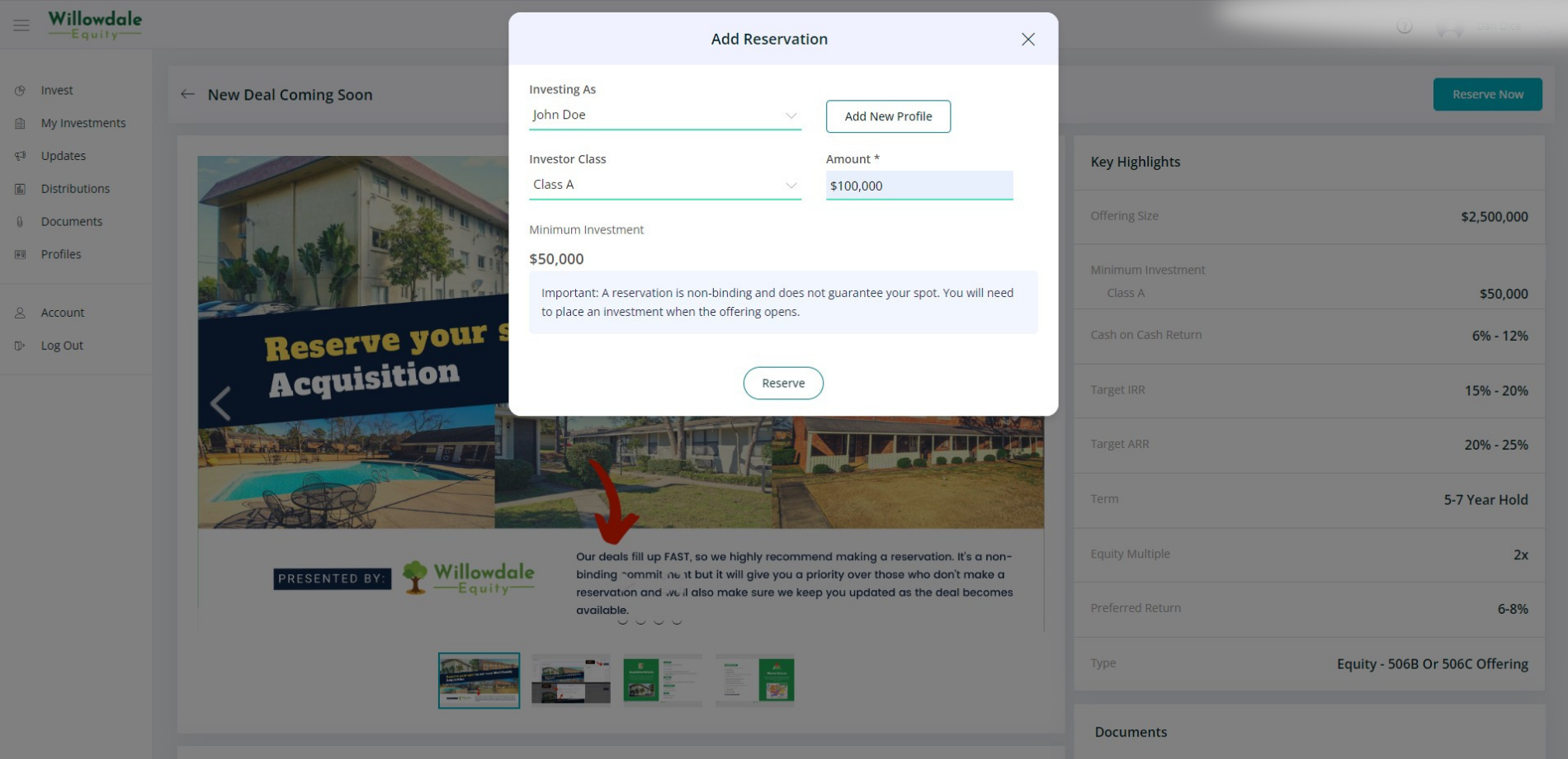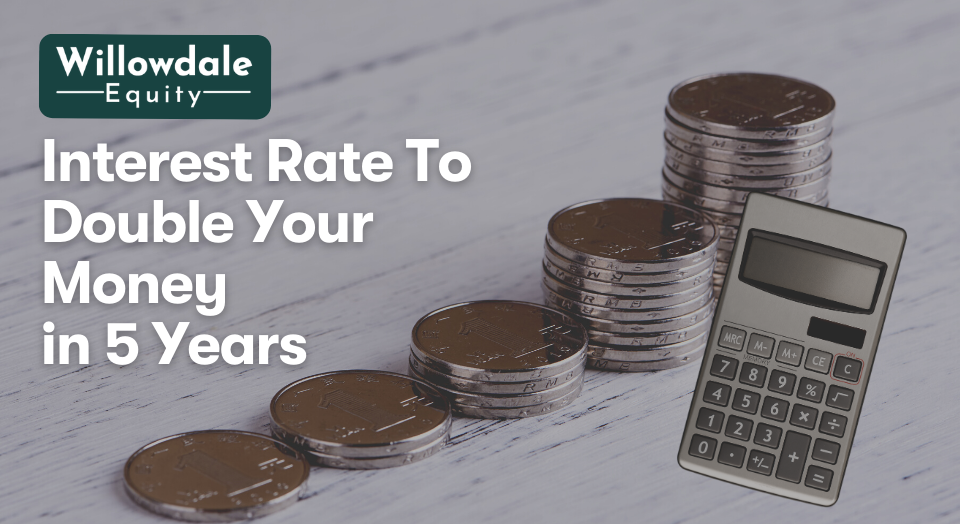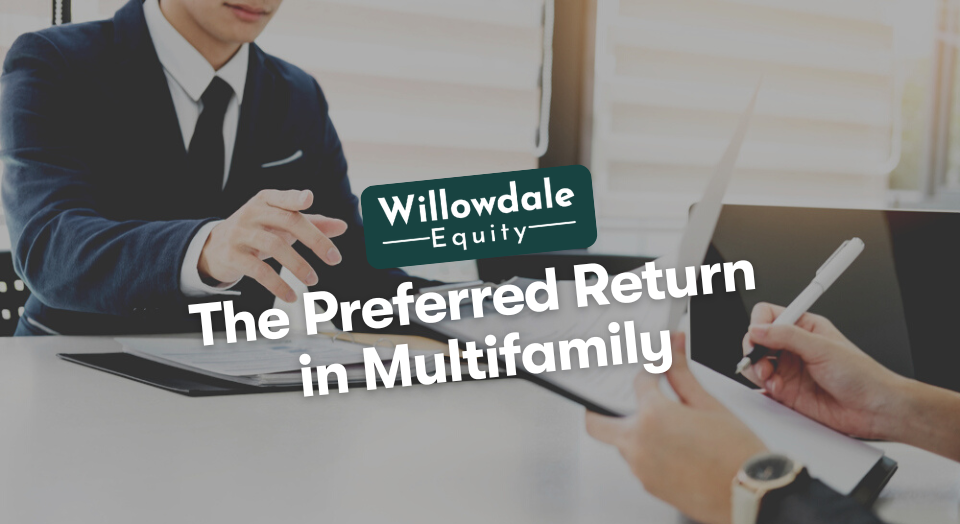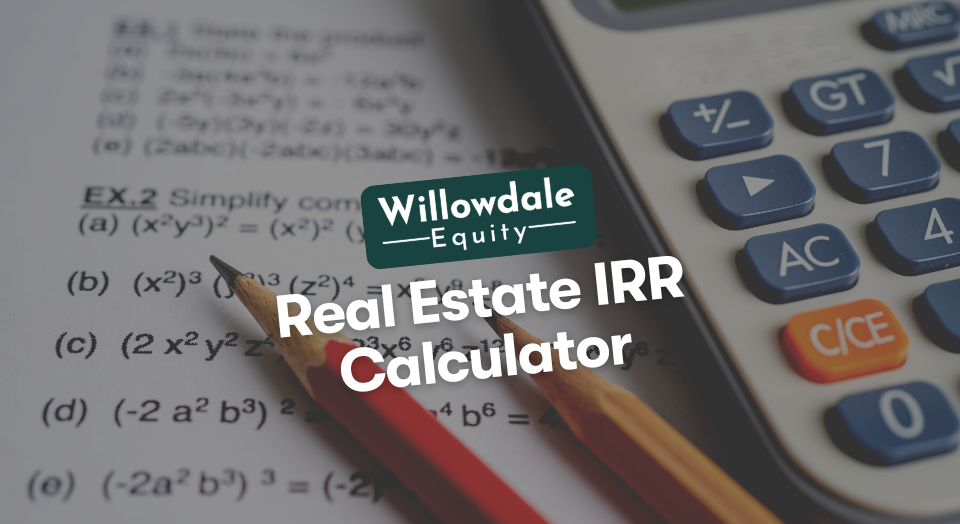
Real Estate IRR Calculator
This article is part of our guide on what a good IRR is for multifamily, available here.
The IRR in real estate investing is a metric to place attention to. It gives a good snapshot of the return profile of a prospective deal with the time value of money included in that equation. But the IRR is not the full return picture, and if you don’t give weight to other return metrics and other fundamentals that can’t be quantified through a formula, you’re not making the best-informed decision.
In this article, we’ll go over the IRR, how and when to use it, and we have a real estate IRR calculator you can use to run your cash flow scenarios.
Key Takeaways
-
To calculate the Internal Rate of Return (IRR) for a real estate investment, you will need to know the expected cash flows from the investment and the initial investment amount.
-
By factoring in the time value of money, the IRR provides a more accurate measure of profitability than the return on investment (ROI), which does not account for the fact that money is worth more today than it is tomorrow.
-
Use our FREE IRR Calculator below
What is the Internal Rate of Return (IRR) in Real Estate Investing?

The Internal Rate of Return (IRR) measures the profitability of an investment, expressed as a percentage. In real estate investing, the IRR is used to evaluate the potential return on a particular rental property or portfolio of properties. It is calculated by determining the discount rate that makes the net present value (NPV) of all cash flows from the investment equal to zero.
To calculate the IRR, you need to know the expected cash flows from the real estate investments’ initial investment amount. The IRR is then calculated by solving for the discount rate that makes the NPV of the cash flows equal to zero.
For example, consider a property that is expected to generate annual net cash flow of $10,000 for the next five years, with an initial investment of $50,000. To calculate the IRR, you would need to determine the discount rate that makes the NPV of these cash flows equal to zero.
A higher IRR indicates a more profitable investment property, and investors will often compare the IRR of different investment opportunities to determine which is the most attractive. Another metric investor looks closely at in tandem with the IRR is the equity multiple. Which helps investors understand what the investment can produce, dollar for dollar.
Next, let’s look at how you calculate the real estate IRR.
How do you Calculate Real Estate IRR?
To calculate the Internal Rate of Return (IRR) for a real estate investment, you will need to know the expected cash flows from the investment and the initial investment amount. Here is the basic formula for calculating the IRR:
IRR = Discount rate that makes the NPV of the cash flows equal to zero
To use this formula, you will need to follow these steps:
Determine the expected cash flows from the investment. This includes the expected rental income and any other sources of cash flow, such as the proceeds from a refinance event or the proceeds from the sale of a property.
First, determine the initial investment amount. This is the amount of money you will need to invest in the property to acquire it.
Calculate the net present value (NPV) of the cash flows. To do this, you will need to determine the present value of each cash flow using a discount rate and then add up all of the present values to get the NPV.
Use the IRR formula to solve for the discount rate that makes the NPV equal to zero. You can use a financial calculator (which we’ve attached below this section) or spreadsheet software to do this.
IRR Real Estate Calculator
To use the IRR calculator below, simply input the initial investment amount and then input the cash flow you expect to receive each year. You can also add additional years.
When you complete, click the “Calculate” button below.
Why do Real Estate Investors Closely Focus on the IRR?
Real estate investors often closely focus on the Internal Rate of Return (IRR) because it measures an investment’s profitability.
There are several reasons why real estate investors might focus on the IRR. First, the IRR can provide a quick and easy way to compare the expected returns of different investment opportunities. By comparing the IRR of other properties, investors can determine which one is likely to be the most profitable.
Second, the IRR can help a real estate investor to understand the risks associated with an investment. A high IRR may indicate a higher level of risk, as the investment is expected to generate a higher return in order to compensate for this risk. On the other hand, a lower IRR may indicate a lower level of risk, as the investment is expected to generate a lower return.
Finally, the IRR can be a valuable tool for commercial real estate investors because it considers the time value of money. The IRR takes into account the fact that money is worth more today than tomorrow. As a result, it can provide a more accurate measure of an investment’s profitability than other measures, such as the expected return on investment (ROI).
Good Read: Unlevered Yield on Cost in Multifamily Real Estate Investing
How Would I use the IRR When Evaluating A Project?
To use the IRR to evaluate a real estate project, you will need to follow these steps:
- Determine the expected cash flows from the investment. This includes the expected rental income, as well as any other sources of cash flow, such as the sale of the property or the refinancing of a loan.
- Determine the initial investment amount. This is the amount of money you will need to invest in the property to acquire it.
- Calculate the net present value (NPV) of the cash flows. To do this, you will need to determine the present value of each cash flow using a discount rate and then add up all of the present values to get the NPV.
- Use the IRR formula to solve for the discount rate that makes the NPV equal to zero. You can use a financial calculator or spreadsheet software to do this.
- Compare the IRR to your desired rate of return. If the IRR is higher than your desired rate of return, the investment may be attractive. If the IRR is lower than your desired rate of return, the investment may not be as attractive.
Frequently Asked Questions About IRR Calculator Real Estate
The IRR can be misleading if you don’t factor in other return metrics. The IRR on its own doesn’t give you all the return metrics needed to get a full picture of your invested dollars’ potential growth. For example, you could have a high IRR but a low equity multiple, meaning you weren’t able to multiply your dollars as much as you thought based on the IRR alone.
The IRR, in simple terms is the annual growth rate expected for an investment and is a powerful metric as it considers the time value of money.
Real Estate IRR Calculator - Conclusion
Overall, the Internal Rate of Return (IRR) is an essential tool in real estate investing because it helps investors and property managers evaluate the profitability of a proposed project. By factoring in the time value of money, the IRR provides a more accurate measure of profitability than the return on investment (ROI), which does not account for the fact that money is worth more today than it is tomorrow.
If you’re interested in getting access to private value-add multifamily investment opportunities with solid IRR expectations across the southeastern united states, join the investors club here at Willowdale Equity.
The Willowdale Equity Investment Club is a private group of investors that are looking to passively grow their capital and share in all the tax benefits through multifamily real estate investments.
